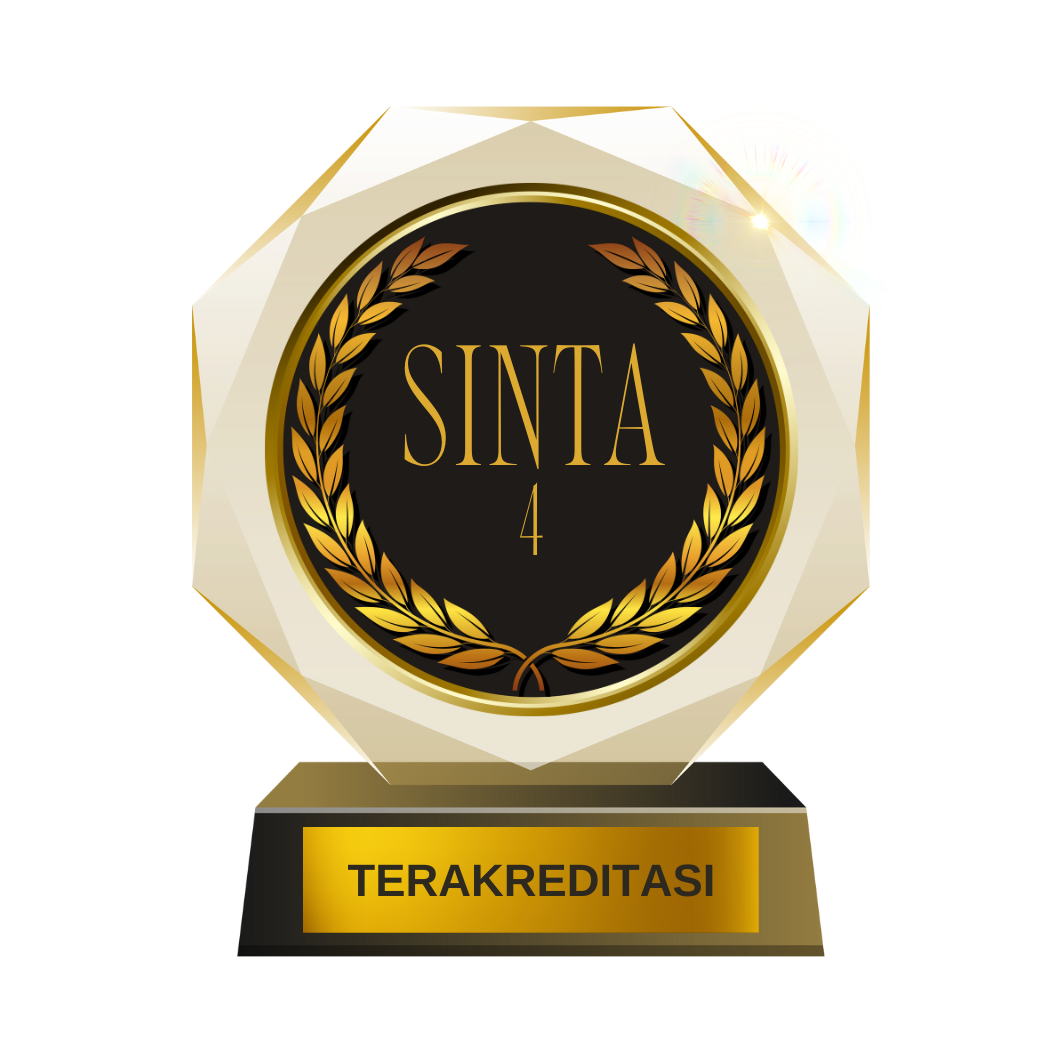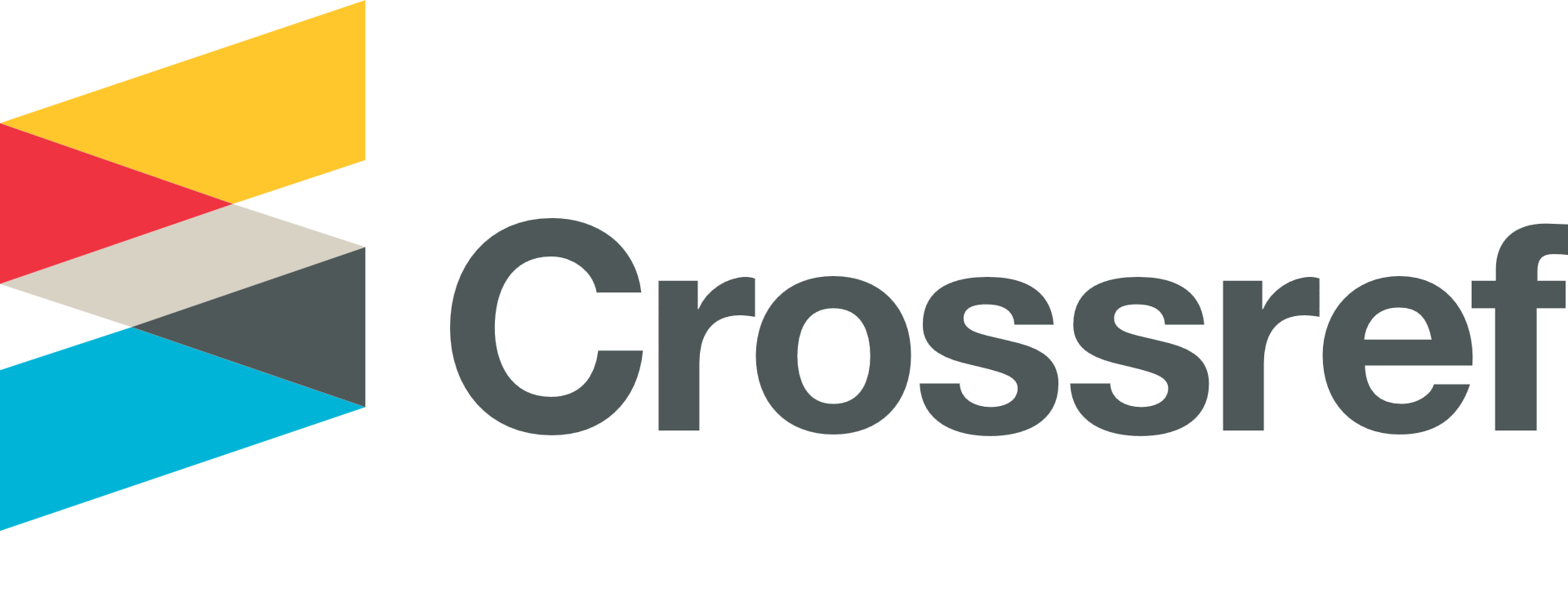A Hybrid Approach Using K-Means Clustering and the SAW Method for Evaluating and Determining the Priority of SMEs in Palembang City
DOI:
https://doi.org/10.52985/insyst.v6i1.392Keywords:
Hybrid approach, K-Means Clustering, Simple Additive Weighting, SMEsAbstract
The current efforts to develop Small and Medium Enterprises (SMEs) are still facing challenges in setting appropriate targets. Although the Palembang City Cooperative and SME Agency has launched various programs and initiatives to support SME development, they have not yet successfully identified the SMEs that should be given priority for development. This study aims to apply a hybrid approach that combines the K-Means Clustering method and Simple Additive Weighting (SAW) to evaluate and prioritize SME development in Palembang City. The K-Means Clustering method is used to group SMEs based on their characteristics, while SAW provides preference values ( ). The SME data was obtained from the Palembang City Cooperative and SME Agency, covering 362 SME units. The K-Means Clustering results yielded two clusters: Cluster 0 as the High Growth Cluster and Cluster 1 as the Stability and Improvement Cluster. Validation using cross-validation showed that this model achieved an accuracy of 99.72%. The SAW analysis on Cluster 0 indicated that the Kopi Kaljo SME received the highest priority with a preference value of 45.71. This study confirms that this hybrid approach is effective in grouping SMEs based on their characteristics and prioritizing them based on data-driven evaluation. The research results are expected to help the Palembang City Cooperative and SME Agency design more effective and targeted assistance programs to optimize the contribution of SMEs to local economic growth to the maximum extent.
References
T. Tambunan, “Micro, small and medium enterprises in times of crisis: Evidence from Indonesia,” J. Int. Counc. Small Bus., vol. 2, no. 4, pp. 278–302, 2021, doi: 10.1080/26437015.2021.1934754.
Y. Abdullah and I. Gultom, “Dinas Koperasi dan UMKM Palembang bentuk tim data usaha kecil,” Antara News. https://sumsel.antaranews.com/berita/643913/dinas-koperasi-dan-umkm-palembang-bentuk-tim-data-usaha-kecil (accessed Apr. 12, 2023).
A. K. M. H. Islam, M. R. Sarker, M. I. Hossain, K. Ali, and K. M. A. Noor, “Challenges of Small- and Medium-Sized Enterprises (SMEs) in Business Growth: A Case of Footwear Industry,” J. Oper. Strateg. Plan., vol. 4, no. 1, pp. 119–143, 2021, doi: 10.1177/2516600x20974121.
T. Terttiaavini and T. S. Saputra, “Pendampingan Manajemen Pengelolaan Pasar Sekojo Dengan Membangun Market Management One Gate System (MMOGS),” Selaparang J. Pengabdi. Masy. Berkemajuan, vol. 7, no. 4, pp. 2543–2551, 2023, [Online]. Available: https://journal.ummat.ac.id/index.php/jpmb/article/view/19594/8211
D. Marcelina, A. Kurnia, and T. Terttiaavini, “Analisis Klaster Kinerja Usaha Kecil dan Menengah Menggunakan Algoritma K-Means Clustering,” MALCOM Indones. J. Mach. Learn. Comput. Sci., vol. 3, no. 2, pp. 293–301, 2023, doi: 10.57152/malcom.v3i2.952.
T. Terttiaavini, Y. Hartono, E. Ermatita, and D. P. Rini, “Comparison of Simple Additive Weighting Method and Weighted Performance Indicator Method for Lecturer Performance Assessment,” Mod. Educ. Comput. Sci., vol. 15, no. 2, pp. 1–11, 2023, doi: 10.5815/ijmecs.2023.02.01.
Y. Kustiyahningsih et al., “Integration K-Means clustering and AHP for recommendations batik MSMEs,” E3S Web Conf., vol. 499, pp. 1–7, 2024, doi: 10.1051/e3sconf/202449901006.
M. S. Kaiser, J. Xie, and V. S. Rathore, Information and Communication Strategies for Competitive Technology (ICTCS 2021), Lecture No., vol. 401, no. Ictcs. Springer, 2023. doi: 10.1007/978-981-19-0098-3_14.
Terttiaavini and T. S. Saputra, “Analisa Pelatihan Strategi Manajemen Penjualan Produk Umkm Menggunakan Digital Marketing Bagi Masyarakat Terdampak Covid-19 Di Kampung Keluarga Berhasil (Kb) Layang-Layang Palembang,” in Seminar Nasional AVoER XII 2020, Palembang: Fakultas Teknik Universitas Sriwijaya, 2020, pp. 18–19. [Online]. Available: http://ejournal.ft.unsri.ac.id/index.php/avoer/article/view/251
T. Terttiaavini and T. S. Saputra, “Analisa Pelatihan Strategi Manajemen Penjualan Produk UMKM Menggunakan Digital Marketing Bagi Masyarakat Terdampak Covid-19 Di Kampung Keluarga Berhasil ( Kb ),” in Seminar Nasional AVoER XII 2020, 2020, pp. 18–19.
T. Terttiavini, L. Hertati, Y. Yulius, and T. S. Saputra, “Strategi Digital Marketing dan Inovasi produk untuk meningkatkan daya saing UMKM Ikan Pedo Serbuk di Kabupaten Muratara,” Palembang, 2023. [Online]. Available: https://drive.google.com/file/d/1KlK9ef0ZALIe65CWnqi49cMNBIEF8wFT/view?usp=sharing
S. Rochayatun, . S., and R. Bidin, “Mode of Entry Strategy on SMEs Internationalization in East Java: A Review of Literature,” Asian J. Econ. Bus. Account., vol. 22, no. 15, pp. 20–32, 2022, doi: 10.9734/ajeba/2022/v22i1530626.
T. Terttiaavini et al., “Clustering Analysis of Premier Research Fields,” Int. J. Eng. Technol., vol. 7, no. 4.44, p. 43, 2018, doi: 10.14419/ijet.v7i4.44.26860.
K. P. Sinaga and M. Yang, “Unsupervised K-Means Clustering Algorithm,” IEEE Access, vol. 8, no. May, pp. 80716–80727, 2020, doi: 10.1109/ACCESS.2020.2988796 Unsupervised.
R. Suwanda, Z. Syahputra, and E. M. Zamzami, “Analysis of Euclidean Distance and Manhattan Distance in the K-Means Algorithm for Variations Number of Centroid K,” J. Phys. Conf. Ser., vol. 1566, no. 1, 2020, doi: 10.1088/1742-6596/1566/1/012058.
F. Liu and Y. Deng, “Determine the Number of Unknown Targets in Open World Based on Elbow Method,” IEEE Trans. Fuzzy Syst., vol. 29, no. 5, pp. 986–995, 2021, doi: 10.1109/TFUZZ.2020.2966182.
Terttiaavini, Y. Hartono, Ermatita, and D. P. Rini, “Comparison of Simple Additive Weighting Method and Weighted Performance Indicator Method for Lecturer Performance Assessment,” Int. J. Mod. Educ. Comput. Sci., vol. 15, no. 2, pp. 1–11, 2023, doi: 10.5815/ijmecs.2023.02.01.
L. Kovács and H. Ghous, “Efficiency comparison of Python and RapidMiner,” Multidiszcip. Tudományok, vol. 10, no. 3, pp. 212–220, 2020, doi: 10.35925/j.multi.2020.3.26.
L. Magdalena and R. Fahrudin, “Penerapan Data Mining Untuk Koperasi Se-Jawa Barat Menggunakan Metode Clustering pada Kementerian Koperasi dan UKM,” J. Digit, vol. 9, no. 2, p. 190, 2020, doi: 10.51920/jd.v9i2.120.
D. Marcelina, A. Kurnia, and T. Terttiaavini, “Analisis Klaster Kinerja Usaha Kecil dan Menengah Menggunakan Algoritma K-Means Clustering,” MALCOM Indones. J. Mach. Learn. Comput. Sci., vol. 3, no. October, pp. 293–301, 2023.
S. A. Mustaniroh, L. S. Jauhari, and J. M. Maligan, “Strategi Pengembangan Klaster Ukm Produksi Bandeng Asap dengan Menggunakan Metode K-Means Clustering dan Fuzzy Ahp,” J. Keteknikan Pertan. Trop. dan Biosist., vol. 8, no. 1, pp. 101–106, 2020, doi: 10.21776/ub.jkptb.2020.008.01.10.
P. Dauni, P. Pratiwi, and R. T. Prasetio, “Pemetaan Keberlangsungan Hidup Umkm Guna Optimalisasi Bantuan Kredit Menggunakan Algoritma Fuzzy C-Means,” J. Responsif Ris. Sains dan Inform., vol. 5, no. 1, pp. 61–69, 2023, doi: 10.51977/jti.v5i1.1051.
D. Anton, T. Avini, A. Heryati, and H. Saputra, Business Process Reengineering, 1st ed. Tasikmalaya: Perkumpulan Rumah Cemerlang Indonesia, 2023.
Hartatik et al., Data Science For Business (Pengantar & Penerapan berbagai Sektor), no. September 2016. 2023. [Online]. Available: https://www.data-science.ruhr/about_us/
Downloads
Additional Files
Published
How to Cite
Issue
Section
License
Copyright (c) 2024 INSYST: Journal of Intelligent System and Computation

This work is licensed under a Creative Commons Attribution-NonCommercial-ShareAlike 4.0 International License.








